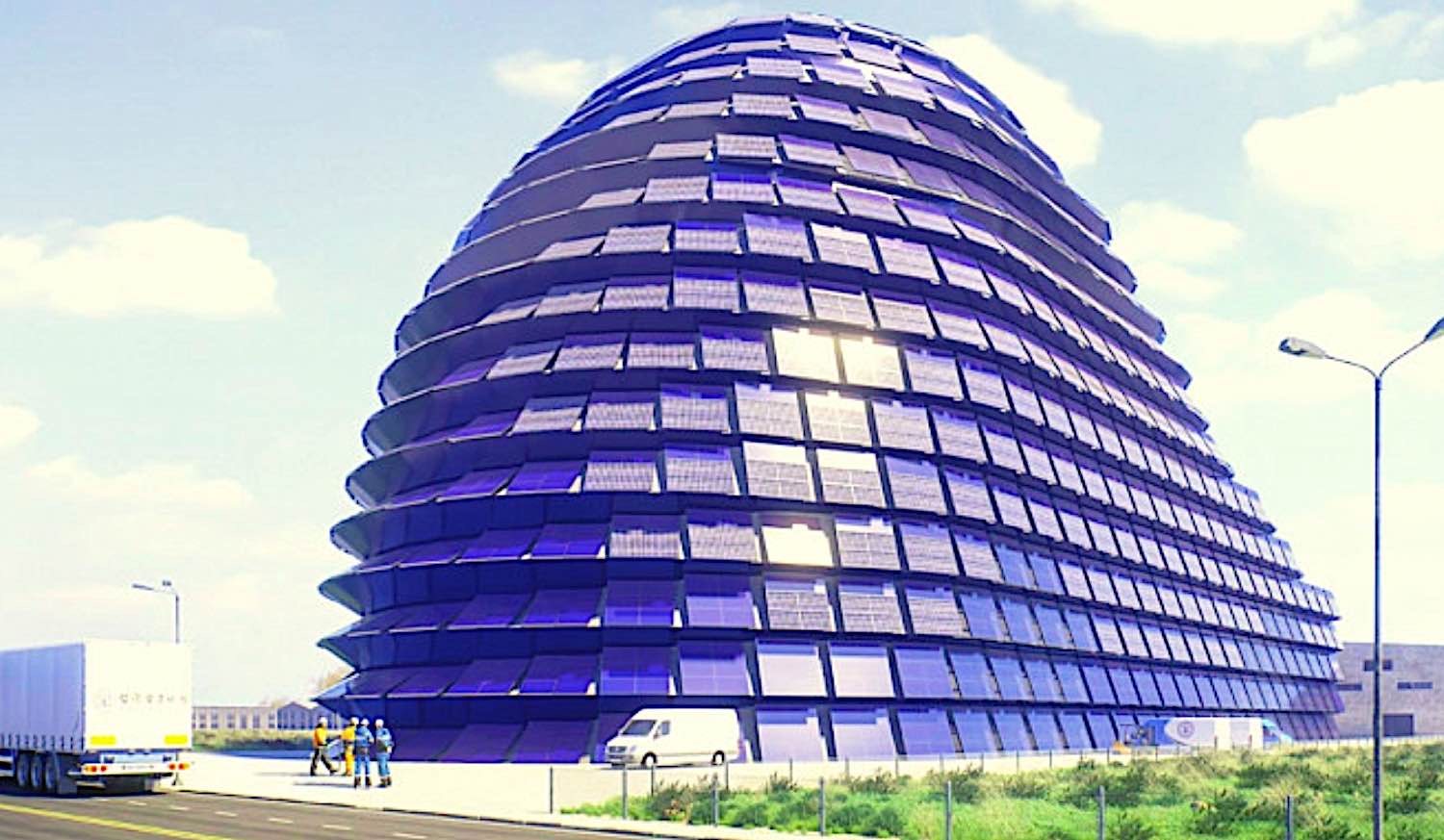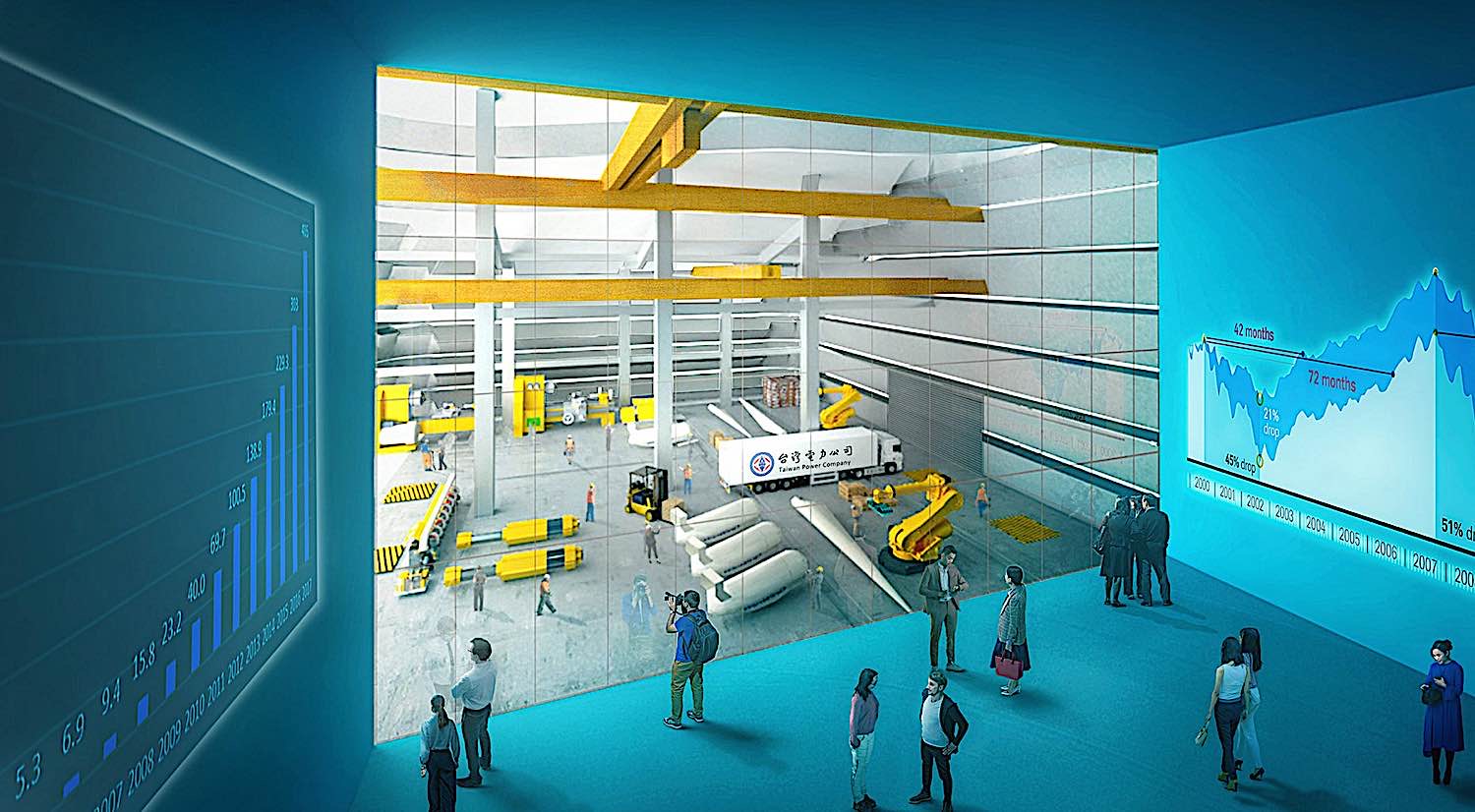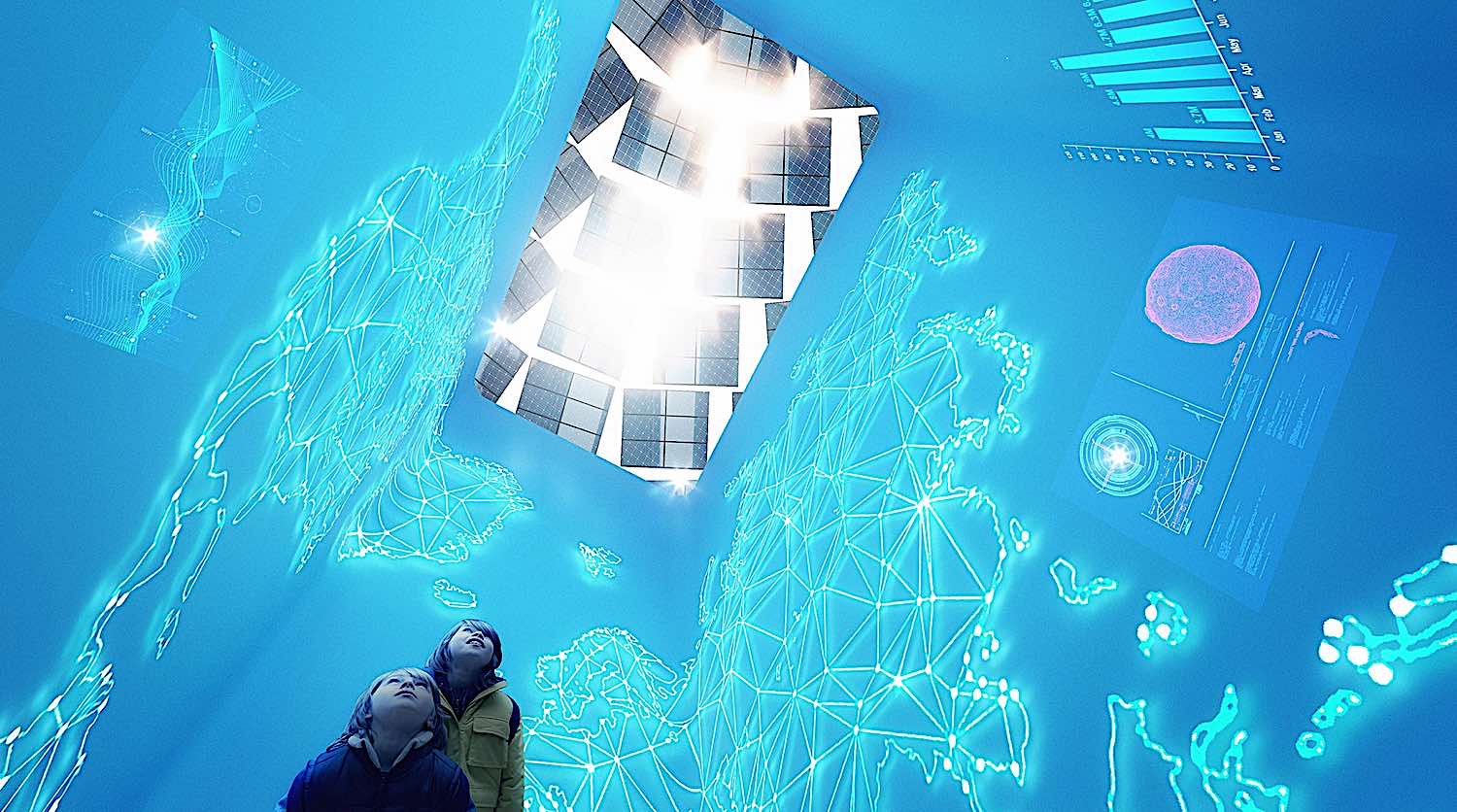And It’s Shaped Like a Rock
Aptly named the Sun Rock, the new project is a collaboration between Dutch firm MVRDV, and Taipower[1]. It is a large multi-story building that is built with one thing in mind: maximizing the solar exposure to the photovoltaic panels that cover it.

According to the firm’s website[2], the design was dictated by the data, and the shape that resulted very closely resembles that of a stone. This happening draws a parallel to when quantum computers were used to generate the strongest shapes possible and ended up yielding structures that closely resembled the biological shapes of plants. It seems nature knows best, after all. So, how does the Sun Rock work, and why is it important?
Location, Location, Location!
First of all, the engineers of this building chose a site that receives a generous amount of solar exposure every day. In partnering with an energy provider, they were able to really maximize their objective of seeing how much power a building can generate. Of course, to do this, they needed to ensure that they used their solar exposure as efficiently as possible – here’s how they did it.

The north face of the building was designed to be steep and relatively more narrow than the rest of the building. This means it will make full use of the time when it had the least amount of sun to work with. As the solar exposure picks up around the East side of the building it is caught by the elongated sides.
Where the building is higher and steeper on the north side, it flattens out into almost an igloo shape in the South. The South face has been made flatter as well. This is to ensure that the building gets maximum exposure during the midday when the solar energy is at its strongest.
The building isn’t static either. The panels are designed to angle and ensure that the maximum solar draw is achieved, and what that is said to produce, is no small amount. One million kWh of energy isn’t just an energy-neutral building, it is pulling more than it needs. Where this is a bad thing for most energy sources, when it comes to solar, it’s a major benefit.

This isn’t a small building, at multiple stories tall, and surely can’t be as effective when surrounded by skyscrapers. With that said, it requires far less space than current solar farm [3] designs and 1 million kWh per year is a significant amount of energy. With the average US household currently using about 11,000 kWh per year[4], perhaps this type of Sun Rock building is a design that will be seen more in the future.
By eliminating the need for mass expanses of land and materials, as well as introducing the ability to move this new kind of infrastructure closer to urban areas, MVRDV has solved some solar problems. Perhaps the future for the 3rd rock from the sun lies in the Sun Rock design.
Sources
[1] https://interestingengineering.com/taiwans-new-solar-panel-sun-rock-will-deliver-1-million-kwh-per-year
[2] https://www.mvrdv.nl/projects/754/sun-rock
[3] https://vittana.org/11-prevailing-solar-farms-pros-and-cons
[4] https://www.eia.gov/energyexplained/use-of-energy/electricity-use-in-homes.php#:~:text=The%20average%20U.S.%20household%20consumes,kilowatthours%20(kWh)%20per%20year.































